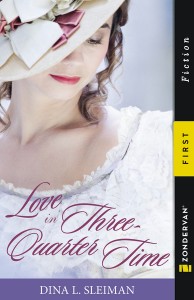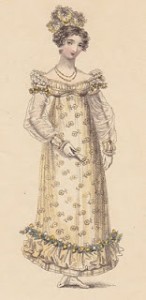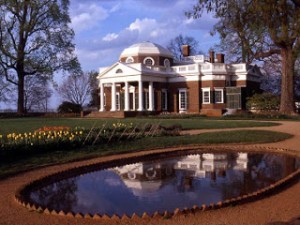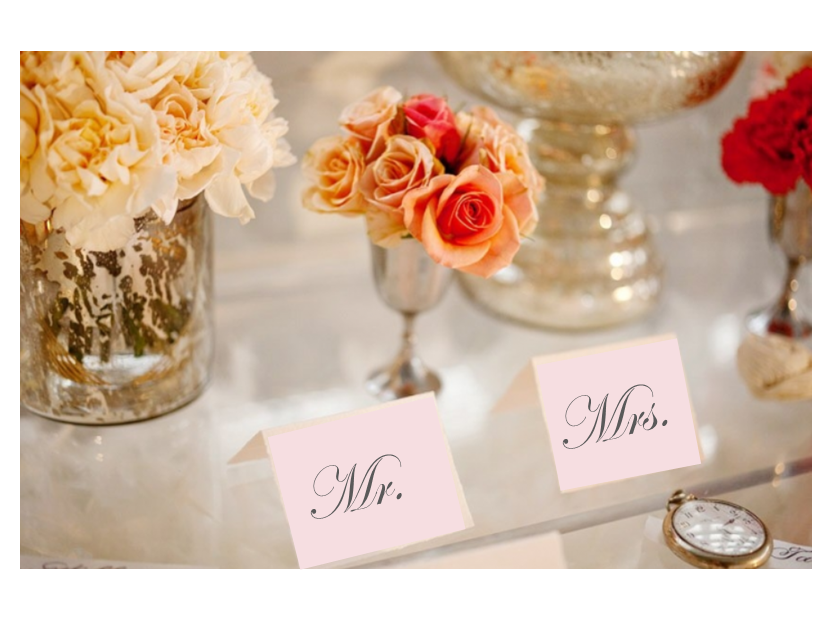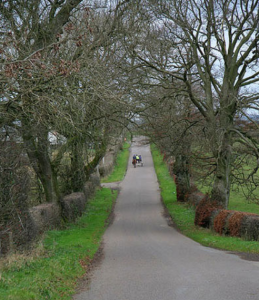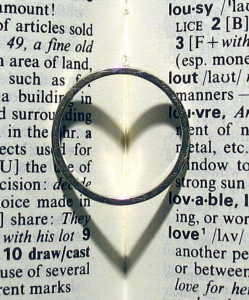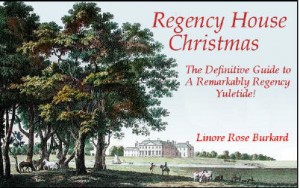
(Adapted from,
Regency House Christmas: The Definitive Guide to a Remarkably Regency Yuletide by Linore Rose Burkard)
Much has been made, said, written about and portrayed regarding an English Victorian Christmas, with hardly any good references to Regency Yuletides. Did England keep Christmas during the Regency? If so, how was it observed? Certainly not with ceiling-high Christmas trees (I cringe whenever I see a Regency set during the Christmas season with big, modern tree on the cover. It just wasn’t the custom.)
But if the Victorian Christmas we are all familiar with wasn’t the mode during the regency, then what happened? How did things change?
Thanks to the Industrial Revolution and advances in the power of the press (ie., photos, color printing, and both as applied to advertisements) the Victorian era was portrayed
in mass media as no time before it ever had been. After a picture of Prince Albert’s Christmas tree appeared in the London paper in 1848, England saw an immediate adoption of the Germanic practice (of putting up big trees), including a whole new way of “keeping” Christmas on a larger scale than virtually anyone had ever done before.
In short, the holiday became fashionable.
An abundance of colored holiday prints survive to this day, which is proof for the pudding, so to speak. The Regency, however, suffers from a lack of pictorial records regarding the Season. This is not (in my opinion) due to a lack of spiritual observance, as has been often assumed. The reason there are so many happy depictions of Victorian Christmas life, is because there are so many depictions of Victorian life, period.
The process of printing in color became easier, thereby becoming cheaper, and thus spawning a great deal of inexpensive prints and artwork, much of which we still have. The middle class came into its own in the Victorian era, and with it, its spending power. Merchandising, while not near the level of what it is today, nevertheless “discovered” that it could cater to the tastes of this large segment of society, and make a tidy profit while doing so.

The Christmas card, (the first of which was not printed until 1843- and even then, was not in color) became affordable with the introduction of the penny post–cheap mail. So this catapulted the onslaught of a huge mass of printed Christmas scenes which we still see today.
In other ways, the growing prosperity of a large middle class made Christmas in the more modern sense affordable to more people, and this played into how it appeared in printed literature, magazines, newspapers, and the like.
The Victorians did not invent Christmas gaieties, however, but instead merely added to ages-old traditions, many of which were richly observed even during the quieter, less commercialized yuletides of the Regency.
To some, the Regency and Christmas seem to have nothing in common. The rug of stability had been pulled from beneath the population. The King, symbol of power for the nation, was believed to have gone mad. Very unsettling. In his place, a pleasure- loving, hedonistic, but immensely dignified prince became regent. Despite a great deal of criticism leveled against him, he was nonetheless the figurehead of society; he set the tone for the ton (pardon the pun), who in turn, influenced their tenants and servants. In some degree, there was a general feeling of the nation collectively holding its breath-the King was fit for bedlam and the country was at war–and waiting. And when the Regent lived as if nothing else mattered but the elegance of his rooms and the quality of his food, and the pleasure of the moment-the country followed suit.
All of the above plays into the absence of attention to Christmas during the era. We can say, in fact, that it was commercially neglected, though not, as we shall see, socially forgotten. Looking back, it is easy to assume the holiday had no significance, but our hindsight is informed by the contrast of quieter observances than what the Victorians made commonplace.
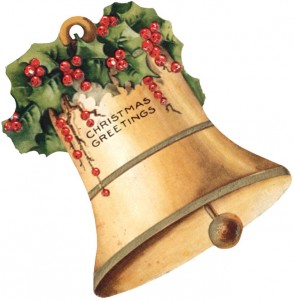
The Regency never knew the lavish Christmases of the late 1800s, the Victorian ideal. England had still not fully recovered from the former ban on all things Christmas made
in the 16th century as a response to subversion. The fact that they celebrated as we shall see they did, is in fact evidence of a great desire to keep the holiday.
It was kept on a quieter scale, with a table-top tree, if any, but it was assuredly anticipated with excitement, kept with reverence and gaities, and looked back upon with affection.
Warmest Blessings for a Merry Christmas to you!
Originally posted 2012-12-19 10:00:00.
 (Adapted from, Regency House Christmas: The Definitive Guide to a Remarkably Regency Yuletide by Linore Rose Burkard)
(Adapted from, Regency House Christmas: The Definitive Guide to a Remarkably Regency Yuletide by Linore Rose Burkard) The Christmas card, (the first of which was not printed until 1843- and even then, was not in color) became affordable with the introduction of the penny post–cheap mail. So this catapulted the onslaught of a huge mass of printed Christmas scenes which we still see today.
The Christmas card, (the first of which was not printed until 1843- and even then, was not in color) became affordable with the introduction of the penny post–cheap mail. So this catapulted the onslaught of a huge mass of printed Christmas scenes which we still see today. The Regency never knew the lavish Christmases of the late 1800s, the Victorian ideal. England had still not fully recovered from the former ban on all things Christmas made
The Regency never knew the lavish Christmases of the late 1800s, the Victorian ideal. England had still not fully recovered from the former ban on all things Christmas made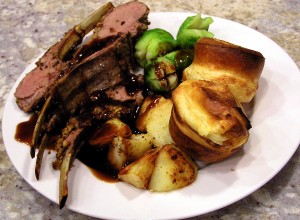
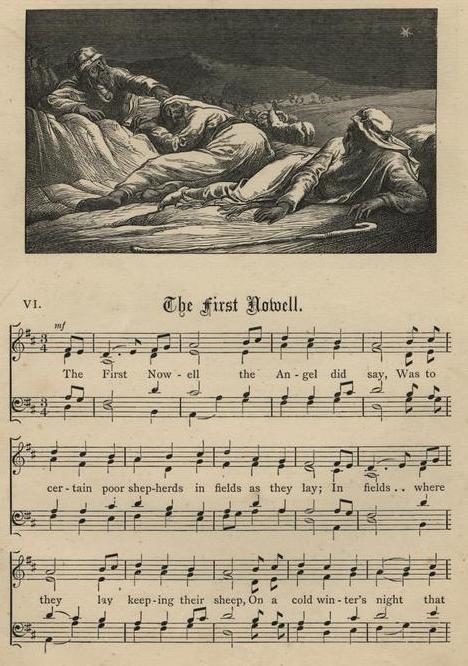 The First Nowell… sort of
The First Nowell… sort of

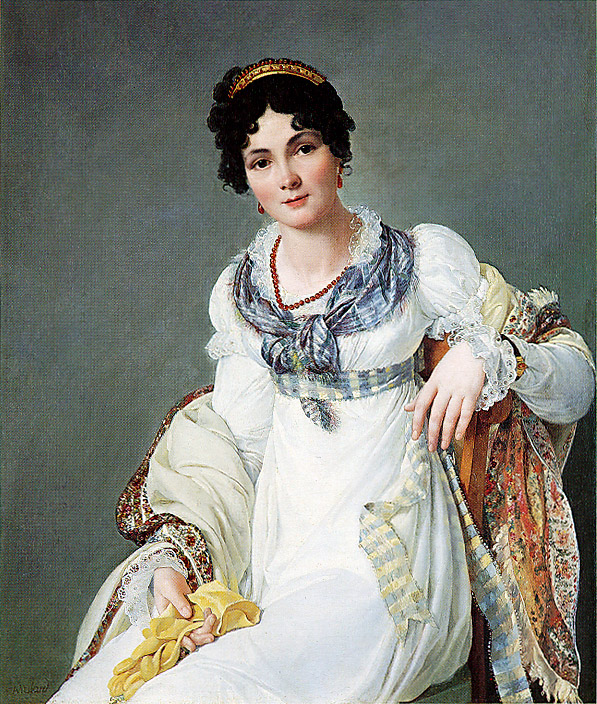 Vanessa Riley:
Vanessa Riley: